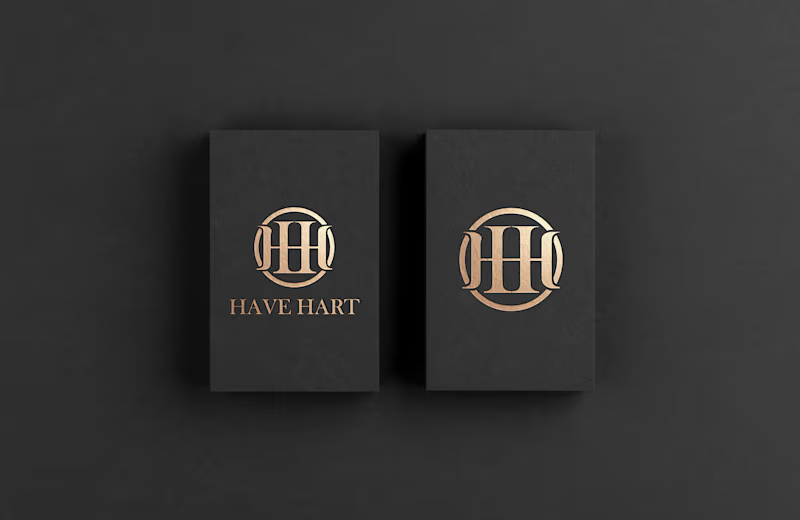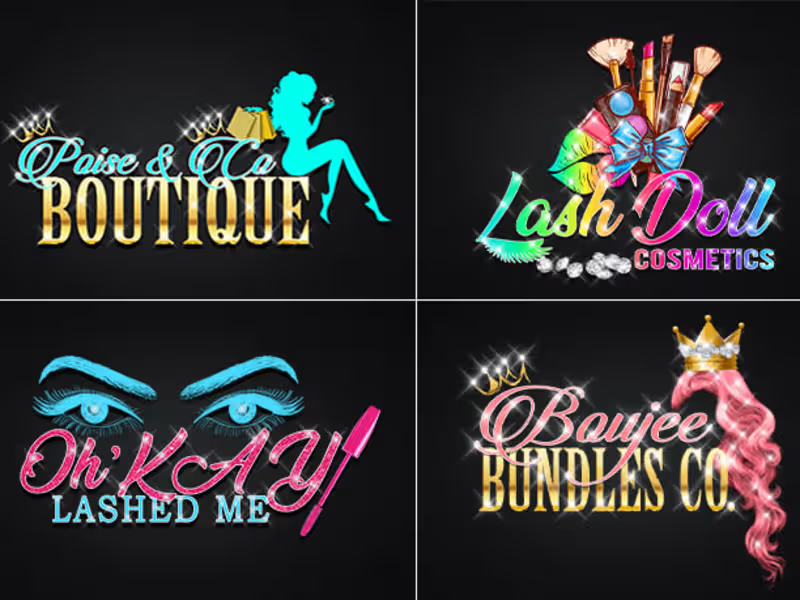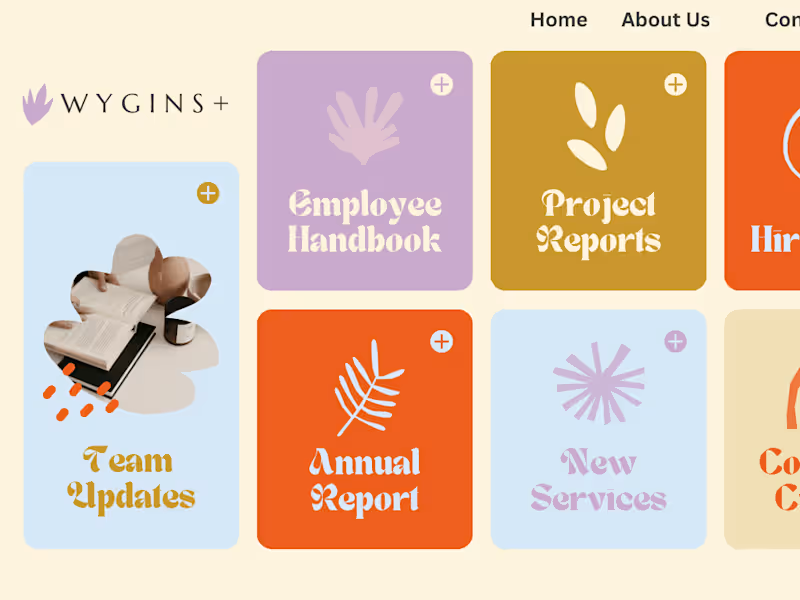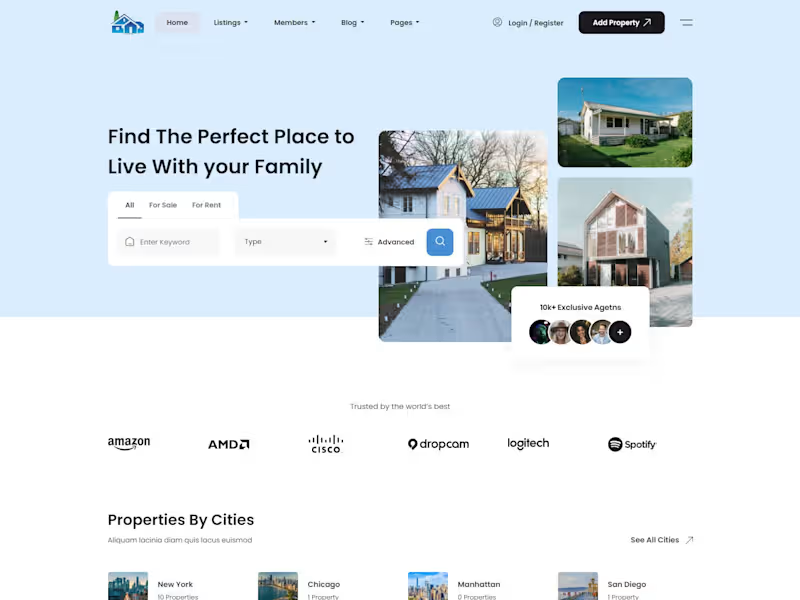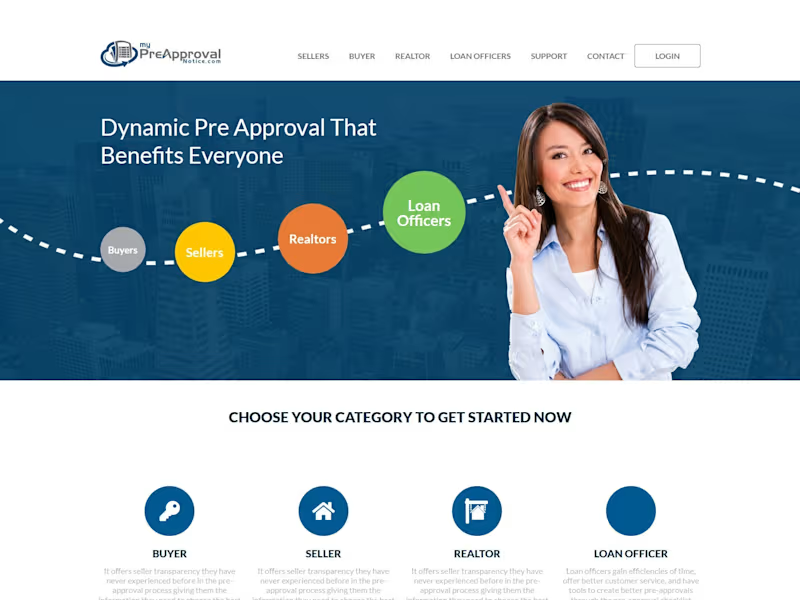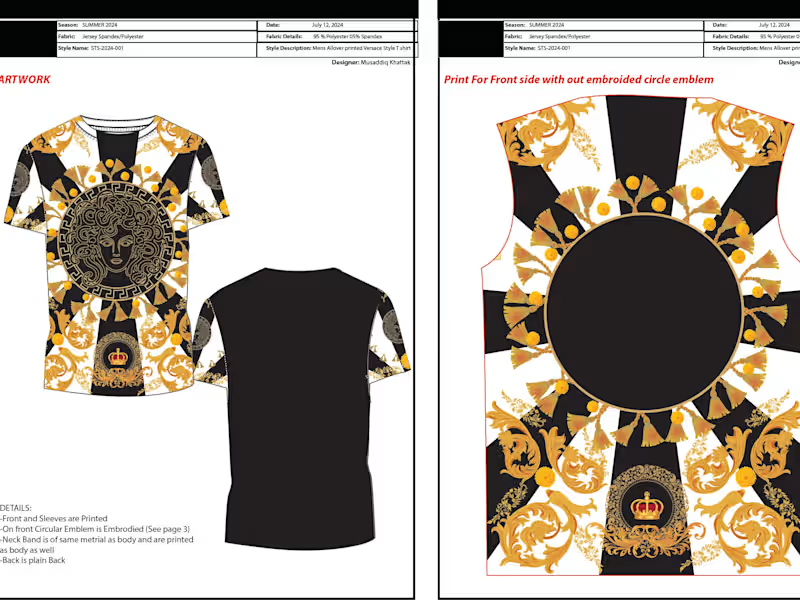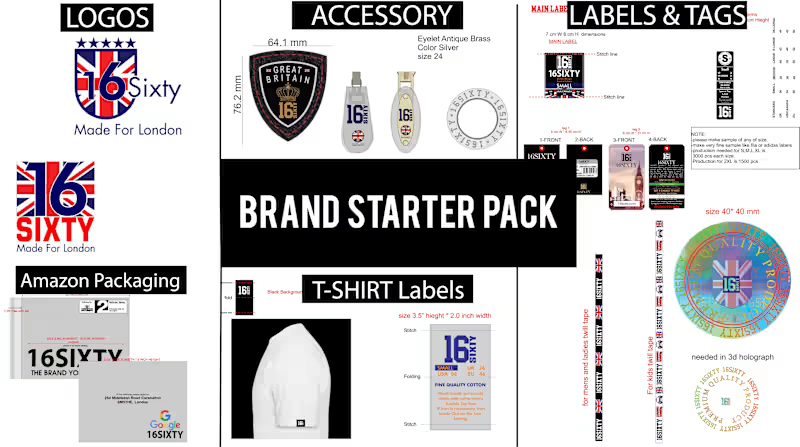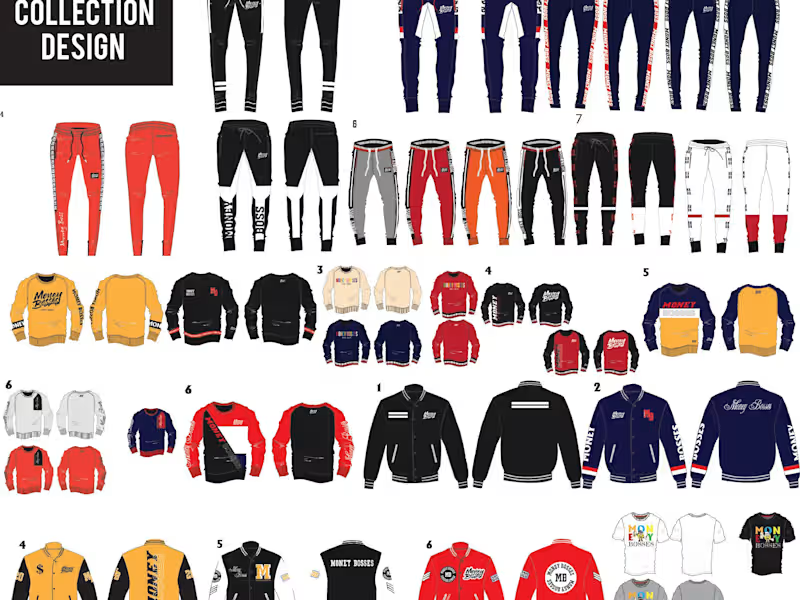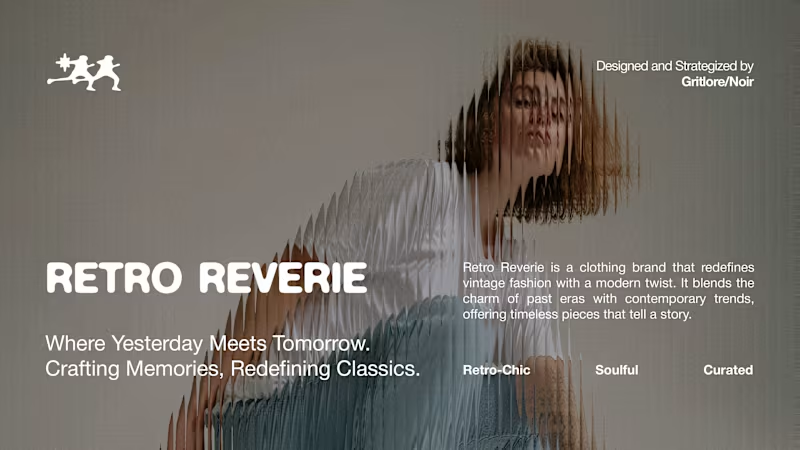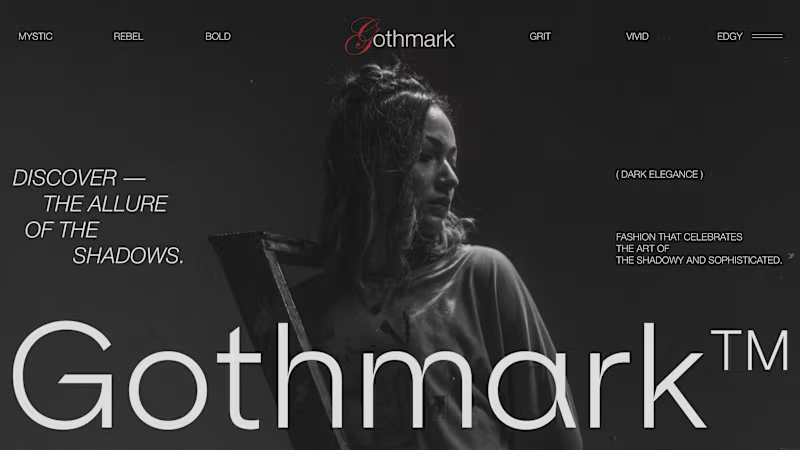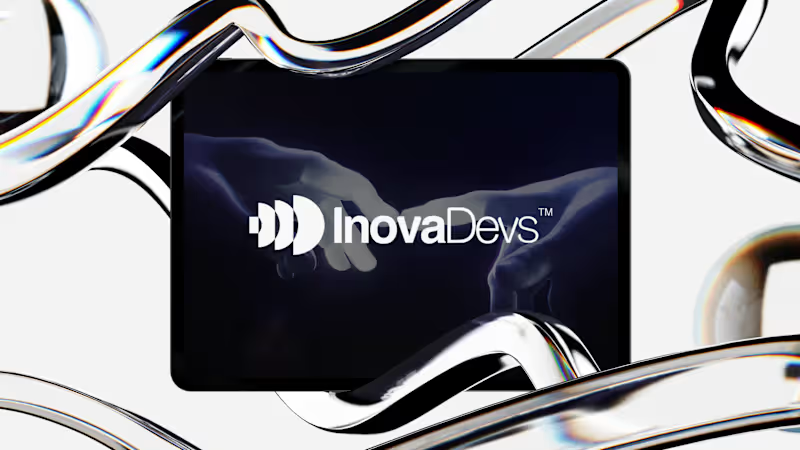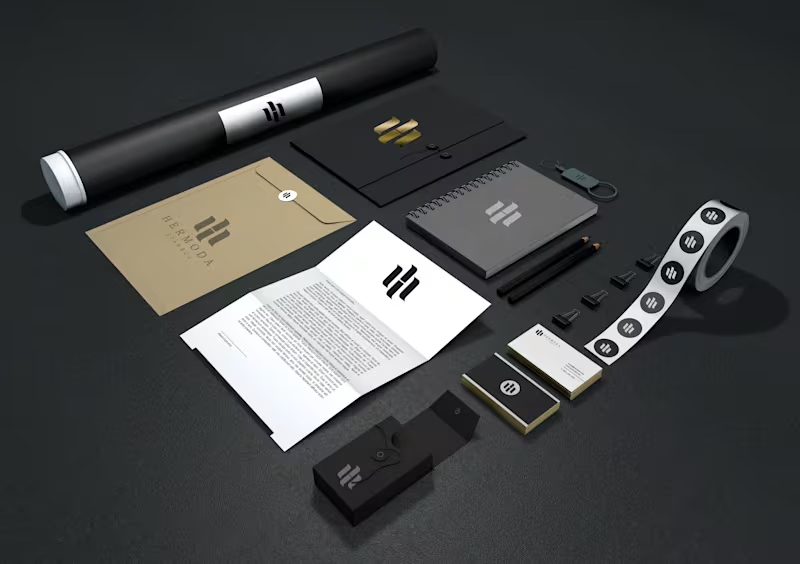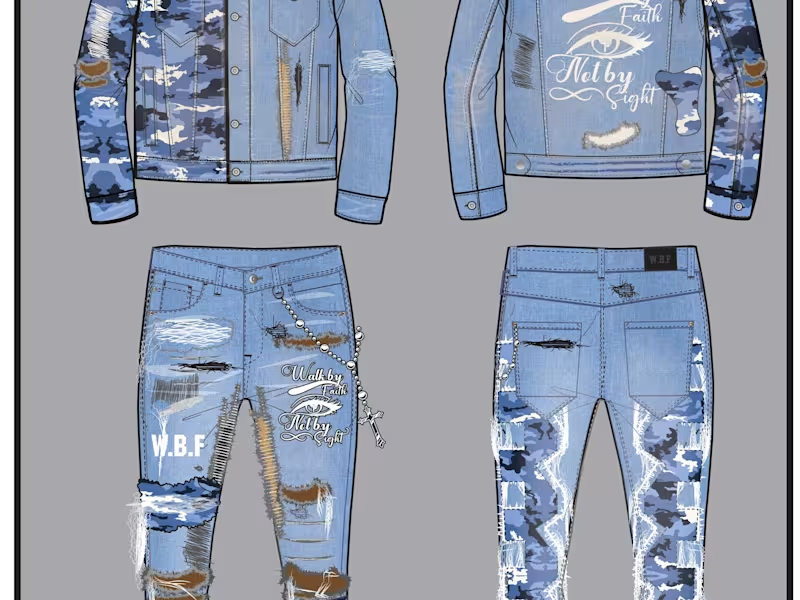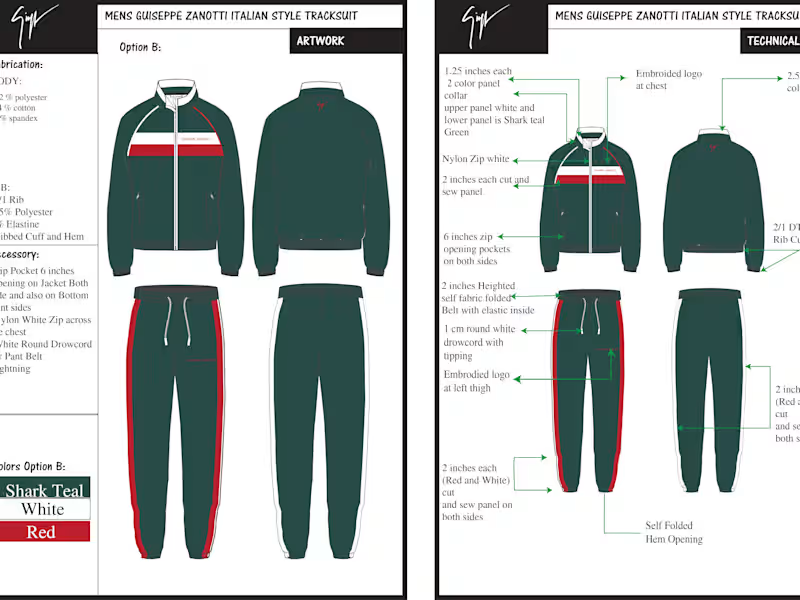Additional resources
What Fashion Designers in Punjab Pakistan Bring to Your Business
Traditional Craftsmanship Expertise
Modern Design Sensibilities
Cost-Effective Production Knowledge
Cultural Market Understanding
Key Skills to Look for When Hiring Fashion Designers in Punjab
Technical Design Capabilities
Software Proficiency Requirements
Cross-Cultural Design Experience
Sustainable Fashion Knowledge
Fashion Designer Salary Ranges in Punjab Pakistan
Entry-Level Designer Compensation
Mid-Career Professional Rates
Senior Designer Salary Expectations
Freelance vs Full-Time Cost Comparison
Where to Find Fashion Designer Jobs in Punjab
Pakistan Institute of Fashion and Design (PIFD)
Local Fashion Houses and Studios
Fashion Industry Events and Shows
Professional Networks and Associations
How to Post Fashion Design Opportunities in Punjab
Writing Effective Job Descriptions
Choosing the Right Recruitment Channels
Setting Clear Project Requirements
Timeline and Budget Communication
Evaluating Fashion Designer Portfolios
Portfolio Red Flags to Watch For
Assessing Technical Skill Documentation
Reviewing Past Client Work
Verifying Design Authenticity
Interview Process for Fashion Designer Recruitment in Punjab
Essential Interview Questions
Technical Skill Assessment Methods
Cultural Fit Evaluation
Reference Check Best Practices
Types of Fashion Designers Available in Punjab Pakistan Fashion Industry
Bridal Wear Specialists
Ready-to-Wear Designers
Technical Pattern Makers
Textile and Print Designers
Accessory Design Experts
Legal Considerations When Hiring Fashion Designers in Punjab
Employment Contract Essentials
Intellectual Property Rights
Non-Disclosure Agreements
Payment Terms and Conditions
Building Long-Term Relationships With Fashion Designers
Retention Strategies That Work
Professional Development Support
Creative Freedom Balance
Performance Incentive Structures
Common Challenges When Hiring Fashion Designers in Punjab
Addressing Skill Gap Issues
Managing Quality Expectations
Handling Market Competition
Overcoming Communication Barriers
Future Trends in Fashion Design Hiring
Digital Design Tool Requirements
Sustainable Fashion Expertise Demand
Remote Collaboration Capabilities
International Market Knowledge Needs































